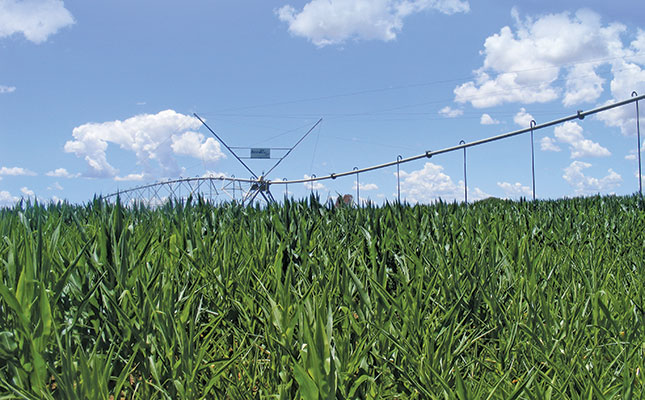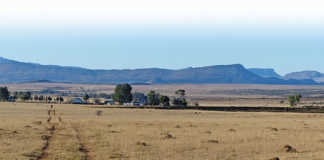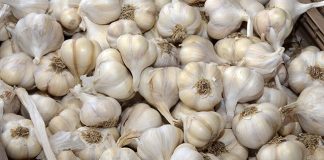
The Crop Estimates Committee’s (CEC) first production forecast for the current season is 16,21 million tons. This is in contrast to the drought-stricken 2015/2016 summer crop harvest of only 9,4 million tons.
The summer crops monitored by the CEC are white maize, yellow maize, sunflower seed, soya beans, groundnuts, sorghum and dry beans.
Groundnuts show by far the greatest estimated increase. The CEC forecasts that 88 175t groundnuts will be harvested from 52 500ha, compared with the final harvest in 2015/2016 of 17 680t from 22 600ha.
“The area estimate for white maize is 1,64 million hectares, which represents an increase of 61,92%, or 628 350ha, compared with the 1,02 million hectares planted last season,” said CEC representative, Ellen Matsei.
READ Dineo more blessing than curse for eastern SA farmers
“The production forecast for white maize is 8,31 million tons, which is 143,89%, or 4,9 million tons, more than the 3,41 million tons of last season.”
The CEC estimates that 5,6 million tons of yellow maize will be harvested this season from 985 500ha, compared with 4,37 million tons of yellow maize harvested in 2015/2016 from 932 000ha.
Harvest estimates for other crops are: sunflower seed up 23% to 928 620t from 635 750ha, soya beans up 44,27% to 1,07 million tons from 565 850ha, sorghum up 99,93% to 140 950t from 42 350ha, and dry beans up 81,53% to 64 345t from 45 550ha.
Wandile Sihlobo, head of economic and agribusiness intelligence with Agbiz, said that if the estimates proved accurate, the total summer crop harvest for the current season would be the largest since the 2013/14 season.
“Although this is an encouraging picture, it’s important to note that these are first estimates for the season. We’ll get a much clearer view of the [total summer] crop over the coming months,” he said.
READ More rain than usual expected in autumn 2017
He added, however, that recent indications were that the current summer crop was in fairly good condition throughout South Africa. Moreover, a dry spell after recent weeks of high rainfall would ensure that flooded crops received sunlight.
Sihlobo said that with the first maize estimate approximately 7% higher than market expectations, maize futures prices were likely to come under bearish pressure over the foreseeable future.
“The increases in other summer crops are also likely to result in similar bearish pressure on their futures prices,” he added.












